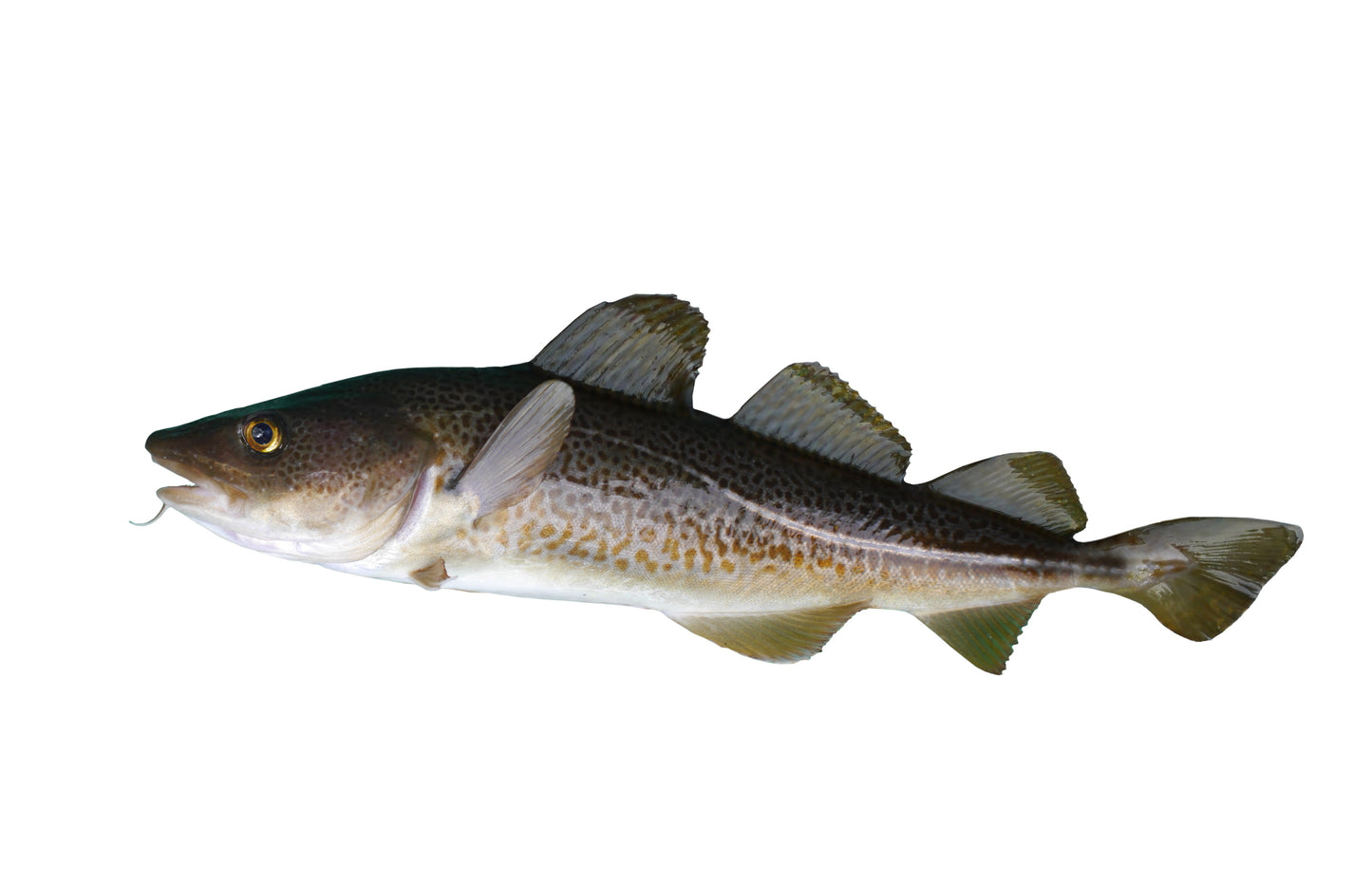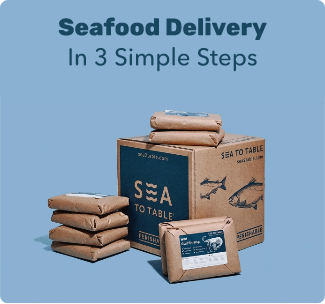
“The codfish. Wars have been fought over it, revolutions have been spurred by it, national diets have been based on it, economies and livelihoods have depended on it, and the settlement of North America was driven by it. To the millions it has sustained, it has been a treasure more precious than gold. Indeed, the codfish has played a fascinating and crucial role in world history.” ~ Cod: A Biography of the Fish That Changed the World. By Mark Kurlansky
Pick a Cod
Northwest Pacific Cod is one of the world’s favorite fish. Incredibly, 10% of all the fish caught in the world is cod. The French cooking encyclopedia “Larousse Gastronomique” devotes three pages to cod recipes. New Englanders affectionately refer to it as “Cape Cod turkey.” The cod is the state emblem of Massachusetts. And the Pacific, or “True” cod, is one of the most popular offerings from Sea to Table.
Random Cod Facts
Cod is a cold-water fish, which contributes to its abundance of beneficial fats, especially in its liver. A baby cod is called a “codling”, and a larger sub-adult is called a sprag. The whisker-like protuberance under a cods mouth is called a barbel, a sensory organ that houses the taste buds and helps it search for food. Finally, cod have a strange affinity for marching bands...Norwegian scientists attract young cod to feeding sites by playing recordings of tuba music underwater.
Beyond Fish and Chips: Strange Ways to Eat Cod
Salt cod is not the most fashionable ingredient today. But in the age before refrigeration, it was one of the world’s most popular forms of fish. The Portuguese are so fond of it, they have a saying that a woman is not ready to marry until she can prepare salt cod 365 different ways. But the mother of all salted cod dishes is Lutefisk. Lutefisk is prepared pretty much the same way that the Vikings, Scandinavia’s O.G. tough guys, would: soak in in lye, a caustic and deadly substance. The result is a gelatinous (yet somehow non-toxic) fish blob that is salted and baked or steamed… Yum! Scandinavians are also responsible for the “popularity” of fried cod’s tongue and Torrfisk, a dried cod snack.
A Fish So Good, Everybody Wants to be One
Not all cod are “True” Cod, as the species Gadus is known. Black Cod, or sablefish, is a rich, buttery fish that is surprisingly little known in the US, as most is exported to Japan, where it is considered a delicacy. Ling cod, a bottom dwelling resident of the west coast, is likewise coveted by foodies but alas, not a cod either. West coast rockfish are also cod wanna-be’s, and are sometimes sold as rock cod.
Sustainable, Healthy, and Delicious
Cod fishing in the Atlantic and North sea is strictly monitored to prevent overfishing, as cod stocks have been depleted to the point of being threatened. The good news is Alaskan Cod stocks are healthy making it a great choice or your table. Pacific cod caught in Alaska is rated a "Best Choice” by Seafood Watch. The stock is healthy, there are no major bycatch concerns and management is rated highly effective overall. Northwest Pacific Cod has wonderful white flesh and mild flavor, its low in fat and rich in nutrients and protein.This sweet-flavored fish is also low in calories! It’s an excellent source of protein (approx. 30 g per 1/2lb serving) and selenium, as well as a very good source of vitamin B6 and phosphorus. Cod also is a good source of omega-3 fatty acids, vitamin B12, potassium, vitamin D and niacin.
← Older post Newer post →

